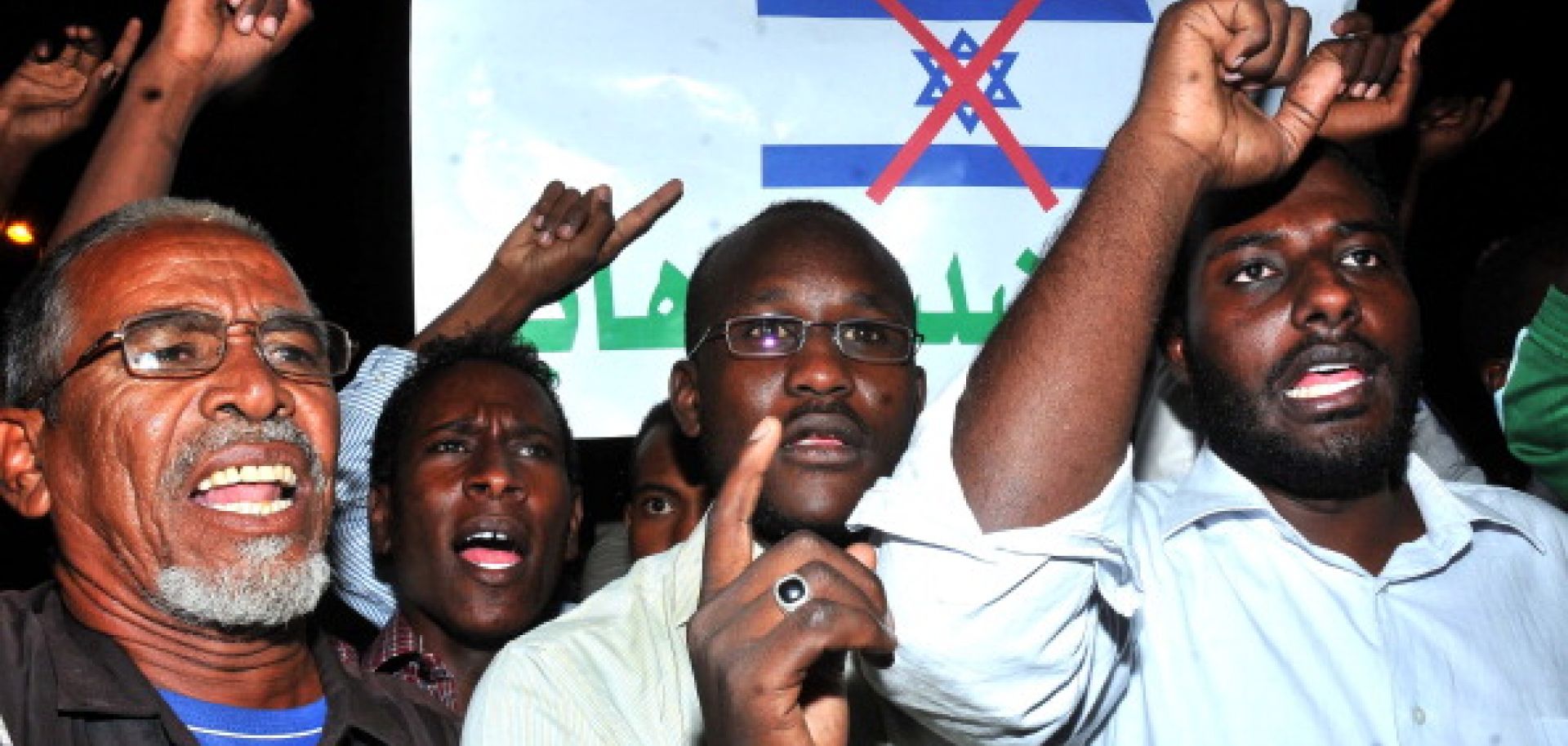ASSESSMENTS
Iran's Agenda in the Gaza Offensive
Nov 16, 2012 | 00:34 GMT

EBRAHIM HAMID/AFP/Getty Images
Summary
To begin to make sense of the escalating conflict in Gaza, we need to go back to the night of Oct. 23 in Khartoum. Around 11 p.m. that night, the Yarmouk weapons facility in the Sudanese capital was attacked, presumably by the Israeli air force. There were indications that Iran had been using this facility to stockpile and possibly assemble weapons, including anti-aircraft missiles, guided anti-tank missiles and long-range Fajr-5 rockets capable of reaching Tel Aviv and Jerusalem from Gaza.
One of the major drivers behind Israel's latest air and assassination campaign is its belief that Hamas has a large cache of long-range Fajr-3 and Fajr-5 rockets in its possession. Israel's primary intent in this military campaign is to deny Hamas the ability to use these rockets or keep them as a constant threat to Israel's population centers. This likely explains why in early October, when short-range rocket attacks from Gaza were still at a low level, Israeli officials began conditioning the public to the idea of an "inevitable" Israeli intervention in Gaza. Israel knew Hamas had these weapons in its possession and that it could require a war to eliminate the Fajr rocket threat. It began with the strike on the facility in Sudan, extended to the assassination of Hamas military commander Ahmad Jabari (the architect of the Fajr rocket program) and now has the potential to develop into an Israeli ground incursion in Gaza.
Subscribe Now
SubscribeAlready have an account?
